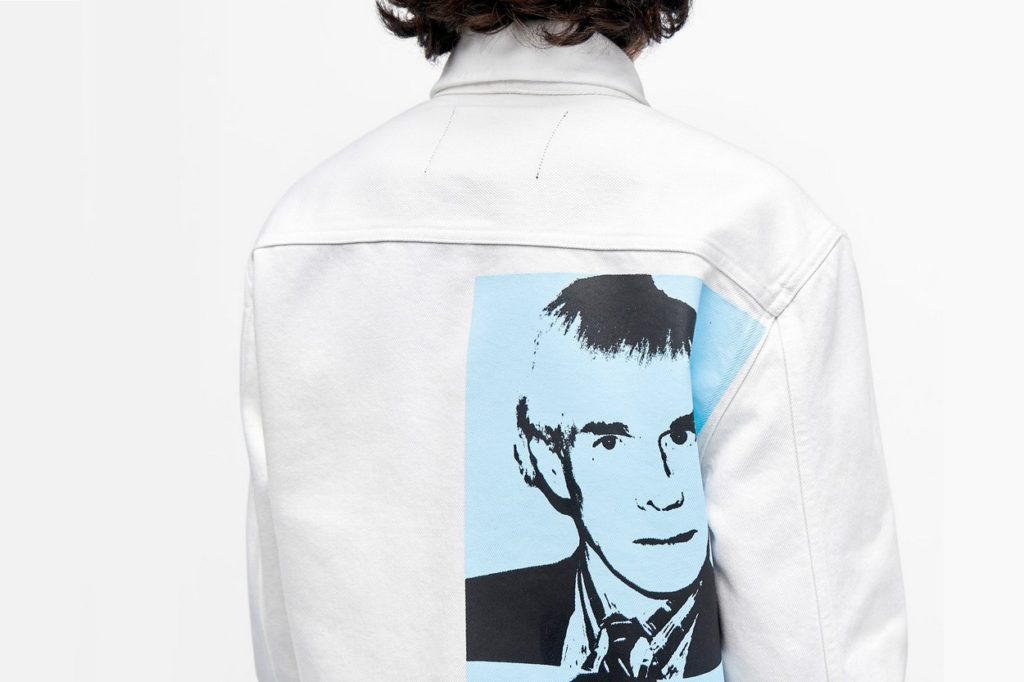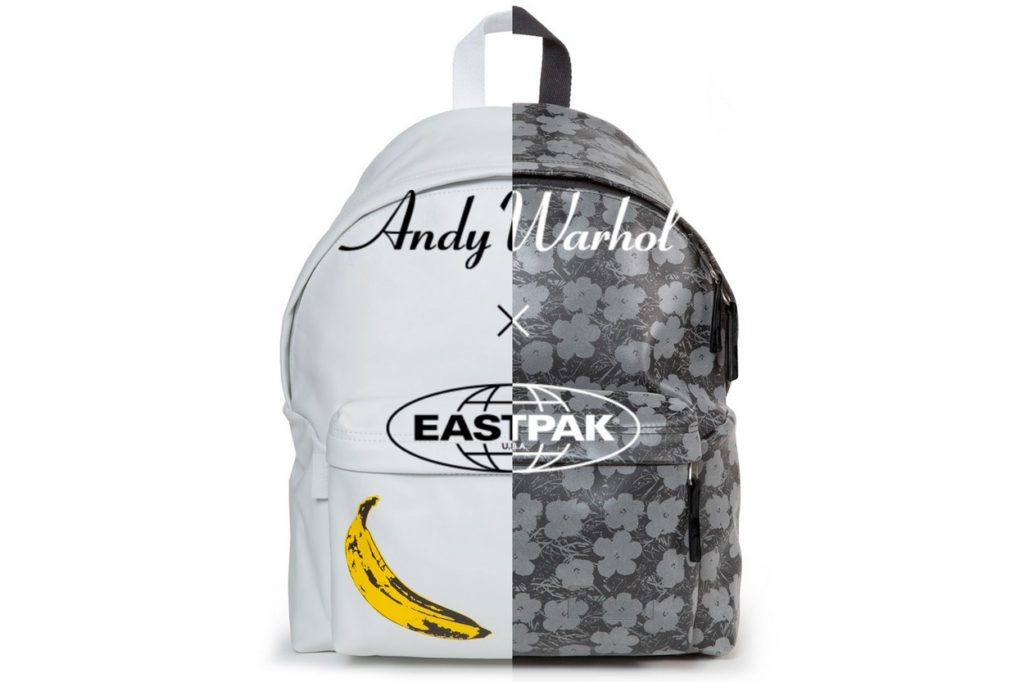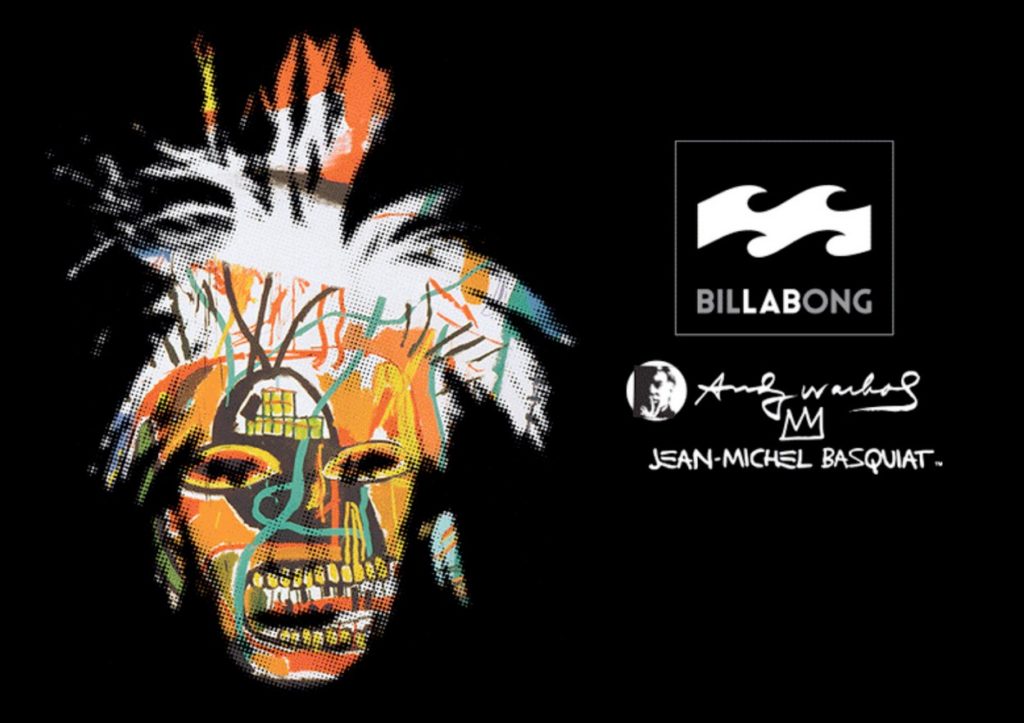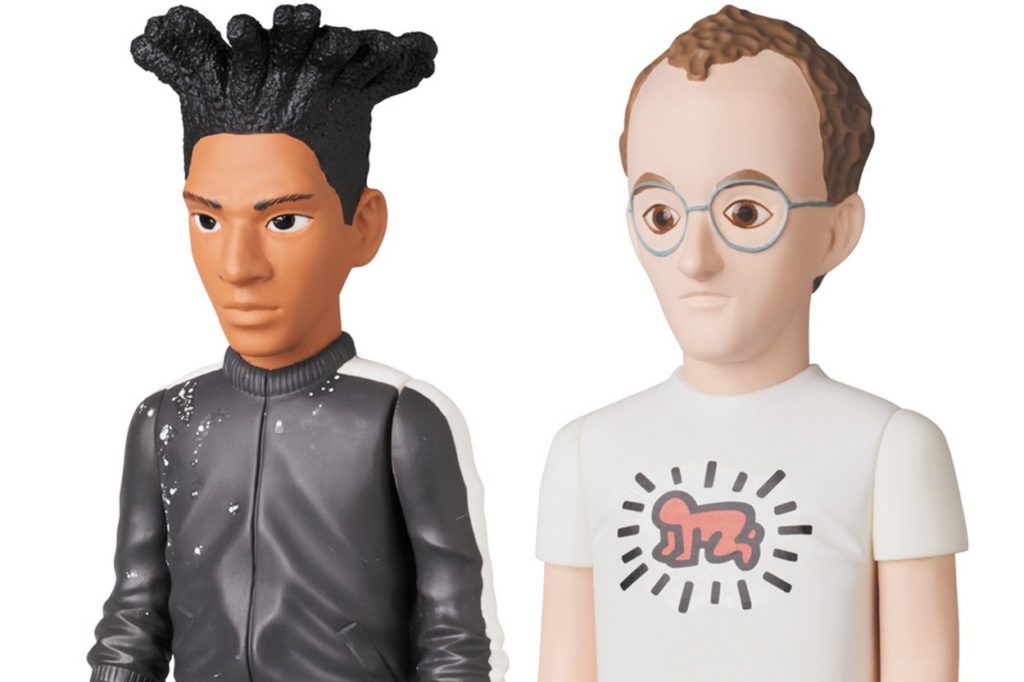Expo-événement, les portraits d’Andy Warhol débarquent à Paris. Après l’exposition évènement “Picasso et les maîtres”, le Grand Palais à Paris fera découvrir du 18 mars au 13 juillet un aspect méconnu de l’œuvre d’Andy Warhol, le maître du Pop Art, que sont ses “portraits de commande”, des portraits privés de célébrités. Andy Warhol, maître incontesté du pop art, peint en 1962 les portraits de Marilyn Monroe, Liz Taylor, et réinterprète des “monstres sacrés” comme La Joconde ou Elvis Presley. De 1967 à 1987, il réalise, sur commande et selon un procédé qui se systématise, les portraits de dizaines de personnalités diverses, qu’elles soient célèbres ou inconnues. Il remet ainsi à l’honneur le genre du Portrait, en y appliquant de nouveaux codes. Dans ce miroir, tout ce grand et petit monde se regarde, fasciné. Aux côtés de stars du cinéma et de la musique (Brigitte Bardot, Jane Fonda, Jagger, Stallone, Debbie Harry), on trouve des portraits d’artistes (Man Ray, David Hockney, Joseph Beuys, Keith Haring…), de collectionneurs et de marchands d’art, d’hommes politiques (Kennedy), de couturiers (Yves Saint-Laurent, Giorgio Armani, Sonia Rykiel, Hélène Rochas), de personnalités de la Jet-set (Gianni Agnelli, la princesse de Monaco). Connus ou moins connus, tous y gagnent un peu de cette aura que procure le génie de Warhol. Avec cette série, Warhol dresse le tableau d’une société tout entière, et met en place une nouvelle forme de production artistique, sérielle, presque industrielle. Warhol réalise ses portraits à la « Factory », son atelier à New York. Au début des années soixante-dix, il met au point un processus systématique : maquillage et prise de vue de ses modèles au Polaroïd Big Shot, sélection des clichés, peinture et transposition sérigraphique. Deux cent cinquante œuvres – parmi le millier de portraits peints depuis le début des années soixante – sont présentées aux côtés de grands thèmes qui permettent d’ouvrir l’exposition sur une vision rétrospective. Avec l’ambition de restituer l’effet du principe de répétition que Warhol avait à l’esprit en réalisant son œuvre, la Rmn présente pour la première fois cet ensemble considérable de tableaux qui constitue une archive sans précédent dans l’histoire de la peinture et de la photographie.
“All my portraits have to be the same size, so they’ll all fit together and make one big painting called Portraits of society. That’s a good idea, isn’t it ? Maybe the Metropolitan Museum would want it someday.”
“Tous mes portraits doivent avoir le même format pour qu’ils tiennent tous ensemble et finissent par former un seul grand tableau intitulé Portrait de la société. Bonne idée, non ? Peut-être que le Metropolitan Museum voudra l’acquérir un jour “.

Andy Warhol’s portraits arrived in Paris. After the exhibition “Picasso et les maîtres”, the Grand Palais in Paris will introduce from 18 March to 13 July a little known aspect of the work of Andy Warhol, the master of Pop Art, as its “Portraits of command “, private portraits of celebrities. In 1962, Andy Warhol painted the portraits of Marilyn Monroe and her rival Liz Taylor, reinterpreted the Mona Lisa and Elvis Presley. From 1967 until his death in 1987, he produced commissioned portraits of dozens of personalities, famous or obscure, creating a world fascinated by appearances, a vertiginous flattering mirror. He revived a neglected genre, applying new codes which deeply marked the history of portraiture. Alongside film and rock stars (Brigitte Bardot, Jane Fonda, Mick Jagger, Sylvester Stallone), we find portraits of artists (Man Ray, David Hockney, Joseph Beuys, Keith Haring), collectors and art dealers (Dominique de Menil, Bruno Bischofberger, Ileana Sonnabend, Leo Castelli), politicians (Willy Brandt, Edward Kennedy), fashion designers (Yves Saint-Laurent, Sonia Rykiel, Hélène Rochas), businessmen and jet-setters (Gianni Agnelli, Lee Radziwell, Princess Grace of Monaco, Gunther Sachs). Famous or less famous, they all glow with the aura of Warhol’s genius. In this series, Warhol painted a picture of an entire society and invented a new form of artistic production – serial and almost mass produced. In his studio, “The Factory”, Andy Warhol developed a systematic process in the early 1970s: he made up his models and photographed them with a Big Shot Polaroid (the Warhol Museum in Pittsburgh has several hundred of these photos, some of which will be presented in the exhibition). He carefully selected the shots, then painted and silk screened the portraits. A selection from the thousand or so portraits that he painted from the early 1960s onwards is here presented by themes focusing on the key points in Warhol’s work: Self Portraits, Screen Tests, Mao, Dollars, Disasters, The Last Supper…, which situate them in a retrospective view of his production. In 1979, the Whitney Museum exhibited about fifty of these paintings, but since then – despite the fact that many of them have become “icons” – they have not been shown in a single-artist exhibition. With the aim of recreating the effect of the principle of repetition which Warhol had in mind when he painted them, the Galeries Nationales du Grand Palais is presenting, for the first time, this large set of paintings which constitutes an unprecedented archive in the history of painting and photography.
“All my portraits have to be the same size, so they’ll all fit together and make one big painting called Portraits of Society. That’s a good idea, isn’t it? Maybe the Metropolitan Museum would want it someday.”

Andy Warhol – Brigitte Bardot (1974)

Andy Warhol – Mick Jagger (1975)

Andy Warhol – Debbie Harry (1980)

Andy Warhol – Man Ray (1974)

Andy Warhol -Yves Saint-Laurent

Andy Warhol – Giorgio Armani (1981)

Andy Warhol – Grace Kelly (1984)





